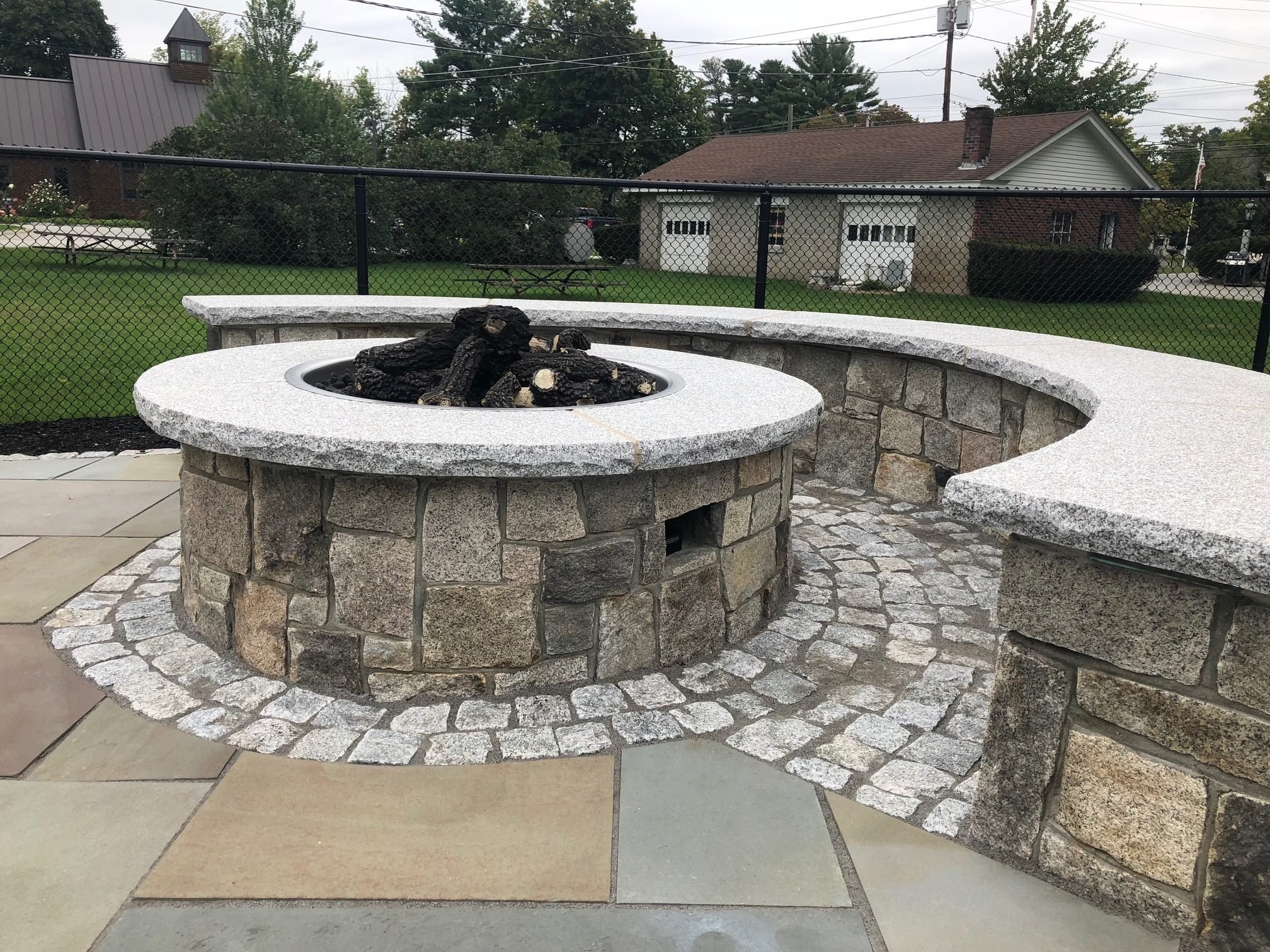How to Visualize the Best Masonry Choices for a New Landscape Design in Milford and Amherst, NH
If you’re dreaming about a fresh new landscape, you may have a specific idea in mind and it’s likely that masonry is a big part of the decision-making process. Here, you’ll learn how to visualize the best masonry choices for a new landscape design in Milford and Amherst, NH.
Ultimately, all design choices are driven by how you want to feel in a space. For most people, relaxation and comfort are key to designing a landscape. But within that feeling of relaxation, the design of the masonry has to fit in with the home.
1. Take Cues From Your Home
Your home is the most prominent feature in your landscape, and so it will also drive the design of your outdoor living spaces.
You don’t have to match the home perfectly (which could be difficult anyway, if your home is older). Complementary natural stones or concrete pavers can either be chosen to reflect the home’s architectural style, or to create a fresh look in your outdoor living space.
2. Get Inspired By Nature
The natural surroundings can also be a great source of inspiration for any new masonry structures in your landscape. Any exposed rocks in the area could be used to guide design choices. Granite, for example - which is everywhere in the White Mountains - can also be used on retaining walls, patios, the walls of your outdoor kitchen, and more.
3. Work With Colors
Conventional design wisdom says that light colors make a space feel larger, and dark colors make it feel smaller. However, what you want to consider in a natural setting is contrast. Going back to the granite example, if you choose natural granite or granite-inspired pavers for your patio, it will blend in with the surroundings and therefore make the space feel larger. By contrast, a very light-colored sandstone (or sandstone-inspired paver) will create a distinct boundary between itself and the surroundings. This visually shrinks the space.
For most spaces, mid-toned masonry is the most versatile choice. If your home is a light color and it’s next to a lush green landscape, a mid-toned paver patio, retaining wall, walkway, or driveway could become a beautiful visual transition.
If you are using multiple masonry colors in your landscape, consider using no more than three different colors to avoid the space looking too busy.
4. Work With Textures
The next thing to consider is textures. In general, using two different textures (one for vertical elements and one for horizontal elements) will be a more harmonious solution than using the same texture for both. Here are some ideas.
A rustic stacked-flagstone retaining wall could look gorgeous next to a smooth granite patio; but using textured flagstone pavers on the same patio could be too busy. Or, a sleek modern retaining wall and outdoor kitchen wall would pair well with a moderately textured patio surface.
There are, however, exceptions to the rule. Be sure to get samples of every material you are considering - both for horizontal and vertical elements - and lay them out in the space they will occupy (and in the correct orientation, horizontal or vertical) so you can see them next to each other, and in various weather and lighting conditions.
Once you narrow your materials choices, you can “plug” them into virtually any masonry feature you want in your landscape: your patio, driveway, walkway, pool surround, retaining wall, outdoor kitchen wall, and more.
Related: 5 PAVER PATIO IDEAS TO ADD TO YOUR OUTDOOR LANDSCAPE DESIGN IN BEDFORD, NH

